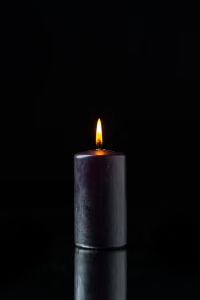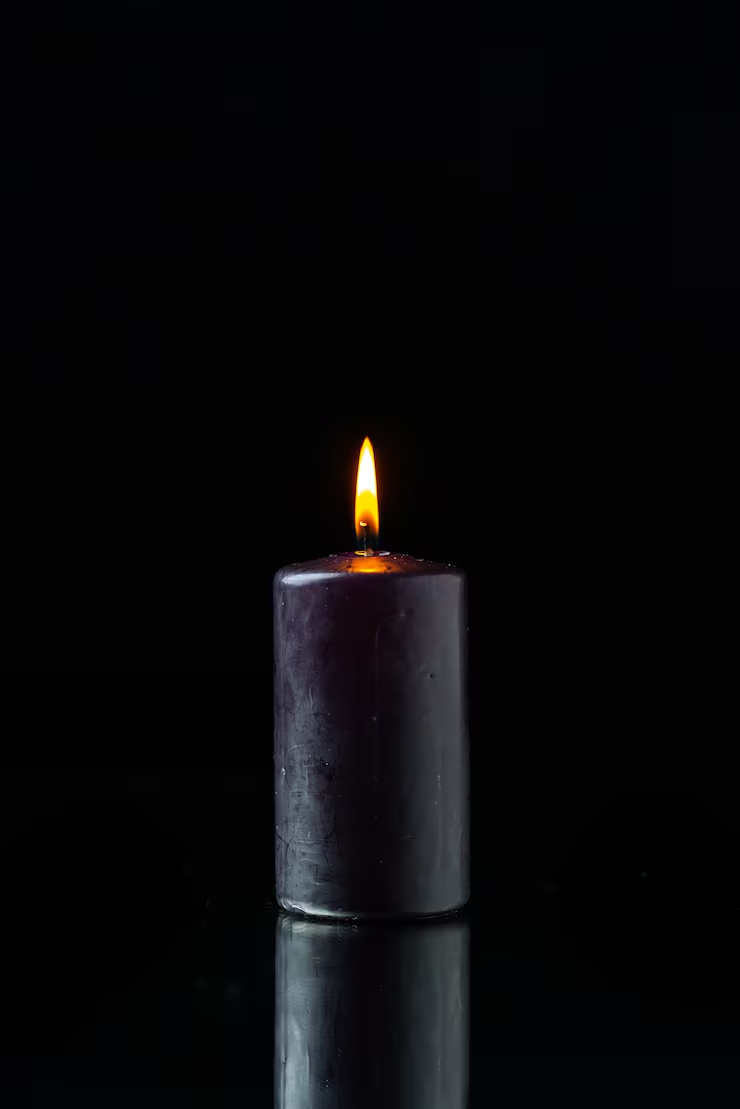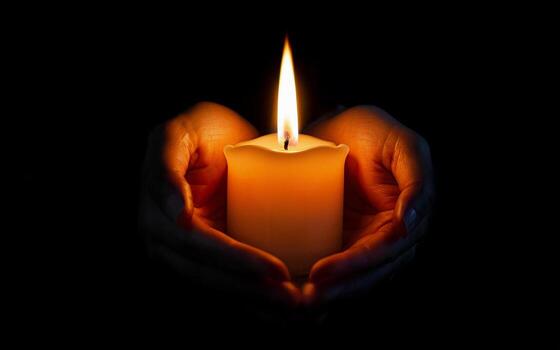A towering figure in both European and American cinema has died at the age of 81, leaving behind a legacy that spans decades of groundbreaking work in film and television. Known for his magnetic screen presence, fearlessness in tackling unconventional roles, and an uncanny ability to inhabit complex, often unsettling characters, his career was a masterclass in versatility and audacity. From cult horror films to avant-garde European cinema and mainstream Hollywood, his contributions influenced generations of filmmakers and actors alike.
The actor first garnered international attention in the early 1970s, appearing in films that merged gothic horror with surrealist and camp sensibilities. These productions, which pushed the boundaries of traditional storytelling, allowed him to establish a reputation as someone unafraid to embrace the bizarre and controversial. His performances during this period were characterized by a theatrical intensity that set him apart from his contemporaries and quickly drew the attention of directors seeking actors with a fearless approach to the craft.
Following his early success in the United States, he returned to Europe, where he began a long-term collaboration with one of the most influential German directors of the late 20th century. In films such as The Stationmaster’s Wife (1977), The Third Generation (1979), and Lili Marleen (1981), he explored themes of societal tension, human morality, and psychological complexity. These roles allowed him to delve deeply into characters who often existed on the fringes of conventional morality, demonstrating a remarkable ability to balance charisma with menace, humor with darkness. His work in these European films solidified his reputation as a daring and transformative performer.
It was during this European phase that he met director Gus Van Sant at the Berlin Film Festival. Van Sant would play a pivotal role in helping him obtain an American work permit and membership in the Screen Actors Guild, paving the way for his subsequent success in Hollywood. One of his first major American projects was My Own Private Idaho (1991), where he starred alongside River Phoenix and Keanu Reeves. In this film, he delivered a nuanced performance, blending intensity with subtlety and proving his ability to cross cultural and cinematic boundaries while maintaining the distinct, magnetic presence that had made him a star in Europe.
Throughout the 1990s and into the 2000s, the actor became a frequent collaborator with Danish director Lars von Trier. Their partnership began with the horror-comedy Epidemic and extended to works like Europa (1991) and the cult miniseries The Kingdom. These projects showcased his talent for navigating complex narratives that often combined elements of horror, social commentary, and psychological tension. He continued to work with von Trier on Breaking the Waves, Dancer in the Dark, Dogville, Melancholia, and Nymphomaniac: Vol. II (2013), consistently delivering performances that were provocative, memorable, and often unforgettable.
Despite his reputation in art-house cinema, he was also known to mainstream audiences. He appeared in major Hollywood films including Ace Ventura: Pet Detective, Armageddon, and Blade. In addition, he collaborated with pop icon Madonna, appearing in her 1992 coffee table book Sex as well as her music videos for Erotica and Deeper and Deeper. These ventures demonstrated his willingness to explore provocative and experimental material, a characteristic that defined much of his career and endeared him to fans around the world.
In 2025, he remained active in film, appearing in Kleber Mendonça Filho’s The Secret Agent, which starred Wagner Moura, the recipient of the Best Actor award at Cannes that year. This late-career performance exemplified his enduring commitment to his craft and his ability to remain relevant in a constantly evolving cinematic landscape.
Born Udo Kierspe on October 14, 1944, in Cologne, Germany, he would later be known professionally as Udo Kier. At the age of 18, he moved to London after a chance encounter with Rainer Werner Fassbinder, a meeting that would profoundly shape his artistic trajectory. Reflecting on his career in a 2024 Variety interview, he candidly admitted, “I liked the attention, so I became an actor,” revealing the simple, yet powerful, motivation behind a career that would span more than five decades.

Kier’s life was characterized by a cosmopolitan mobility that mirrored the diversity of his roles. He moved fluidly between Europe and the United States, establishing homes in Los Angeles and Palm Springs, where he immersed himself in art, architecture, and collecting. His residence in a former mid-century library reflected both his eclectic tastes and his appreciation for design, a personal aesthetic that complemented his on-screen persona.
His contributions to horror cinema are particularly noteworthy. The films that first brought him international attention remain seminal works in the genre, blending shock, eroticism, and dark humor in ways that few performers have ever matched. From the 1970s through the 2000s, his collaboration with European auteurs continued to redefine horror and art-house cinema, challenging audiences to confront themes of desire, mortality, and human frailty. His approach to these roles was always fearless, merging physicality, charisma, and psychological depth in performances that could simultaneously attract and unsettle viewers.
Beyond horror and art-house films, Kier demonstrated an exceptional ability to traverse multiple genres. Whether portraying eccentric villains, morally complex figures, or enigmatic mentors, he brought a unique energy to each role. His performances were marked by an intuitive understanding of how to inhabit characters that existed outside of mainstream norms while remaining compelling and relatable to audiences. This versatility allowed him to transition seamlessly between European films, American independent cinema, and big-budget productions.
Kier’s collaborations with Lars von Trier, in particular, highlighted his dedication to challenging material. In Breaking the Waves, he conveyed profound emotional complexity, while in Dancer in the Dark, he navigated a world of stark tragedy and heightened drama. Dogville and Melancholia offered him opportunities to explore moral ambiguity and existential themes, while Nymphomaniac: Vol. II required him to confront provocative and intense content head-on. Each of these performances reinforced his reputation as a consummate professional who was unafraid of risk, whether artistic, emotional, or physical.
Even as he moved into mainstream and commercial films, Kier maintained his distinctive style. His appearances in Ace Ventura: Pet Detective, Armageddon, and Blade introduced his work to a new generation, while his collaborations with Madonna reflected a fearless approach to art and popular culture. These ventures allowed him to engage with audiences in ways that transcended traditional film boundaries, demonstrating an understanding of performance as both a craft and a spectacle.
His personal life, though often private, reflected the same eclecticism and creativity that defined his professional career. Residing in Los Angeles and Palm Springs, he surrounded himself with art, books, and design, crafting environments that were as visually compelling as his on-screen performances. Despite his international success and constant travel, he remained connected to his European roots, often returning to Germany and other parts of Europe to collaborate with filmmakers and participate in festivals.
Kier’s longevity in the industry is a testament to his resilience, adaptability, and enduring talent. Few actors maintain relevance across decades, and fewer still do so while consistently challenging the boundaries of taste, genre, and narrative convention. His career was not only prolific but influential, inspiring filmmakers, actors, and audiences worldwide to embrace bold storytelling and fearless performance.
Over the course of more than fifty years, Udo Kier became synonymous with fearless acting, transcending traditional genres to leave an indelible mark on cinema. His work encompassed horror, drama, comedy, music videos, and mainstream Hollywood films, yet consistently carried the signature intensity and charisma that defined his craft. From early cult classics to experimental European cinema and large-scale American productions, he demonstrated a versatility and fearlessness that few could match.
As the world remembers his work, it is clear that his impact will endure. Through his performances, he challenged conventions, pushed artistic boundaries, and provided audiences with characters that were as unforgettable as they were enigmatic. His influence stretches far beyond the films themselves, inspiring future generations to embrace risk, creativity, and the transformative power of performance.
Udo Kier’s death marks the end of an era, but the films, performances, and indelible spirit he leaves behind will continue to captivate, challenge, and inspire. From his first breakthrough roles in Warhol’s experimental productions to his work with European auteurs, mainstream Hollywood, and avant-garde music videos, he crafted a career that was remarkable not only for its longevity but for its fearless commitment to artistic exploration.
In remembering him, the cinematic world honors a man who lived boldly, performed boldly, and shaped the landscape of modern cinema. His legacy will remain a touchstone for actors, directors, and fans alike, a reminder that artistry is as much about daring to take risks as it is about technical skill. The films he leaves behind serve as both a record of a singular career and a lasting inspiration for all who encounter his work.
Udo Kier’s journey from post-war Germany to the global stage reflects a life dedicated to the craft of acting, a relentless pursuit of challenging roles, and an unwavering commitment to storytelling. He will be remembered as an actor who never shied away from the strange, the provocative, or the extreme, and who turned every role—whether in horror, drama, comedy, or music video—into an unforgettable performance. His career remains a testament to the transformative power of cinema and the enduring impact of a truly fearless artist.

Emily Johnson is a critically acclaimed essayist and novelist known for her thought-provoking works centered on feminism, women’s rights, and modern relationships. Born and raised in Portland, Oregon, Emily grew up with a deep love of books, often spending her afternoons at her local library. She went on to study literature and gender studies at UCLA, where she became deeply involved in activism and began publishing essays in campus journals. Her debut essay collection, Voices Unbound, struck a chord with readers nationwide for its fearless exploration of gender dynamics, identity, and the challenges faced by women in contemporary society. Emily later transitioned into fiction, writing novels that balance compelling storytelling with social commentary. Her protagonists are often strong, multidimensional women navigating love, ambition, and the struggles of everyday life, making her a favorite among readers who crave authentic, relatable narratives. Critics praise her ability to merge personal intimacy with universal themes. Off the page, Emily is an advocate for women in publishing, leading workshops that encourage young female writers to embrace their voices. She lives in Seattle with her partner and two rescue cats, where she continues to write, teach, and inspire a new generation of storytellers.







